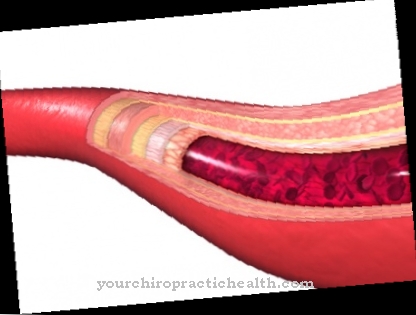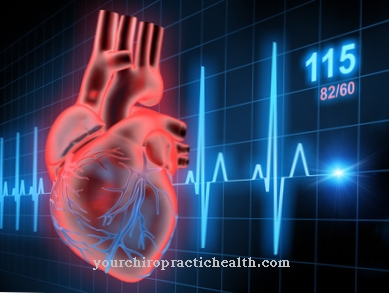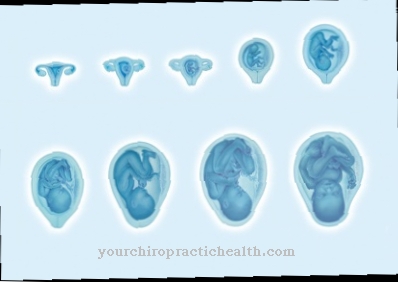Which, somewhat insensively, Expulsion phase is the final stage of childbirth. The baby is pressed out of the uterus through the birth canal into the outside world by strong pressure labor, whereupon the afterbirth follows - afterwards the birth is over.
What is the eviction phase?

A human birth is divided into several phases. They all serve to prepare the body for the most intense phase, the expulsion phase. While the contractions before birth allowed the baby to sink as close to the birth canal as possible, the opening contractions served to widen the cervix. During this time, the amniotic sac is usually already burst, so that the baby must now be brought into the world to breathe independently.
The opening contractions came every few minutes and were usually easy to bear in terms of their intensity or were made tolerable by the administration of a PDA. The contractions in turn are characteristic of the expulsion phase, in which it is a matter of pressing the baby out through the dilated cervix. They are much stronger and more painful and also start every few minutes, but with clear breaks in between.
The expulsion phase can take a few minutes to an hour or longer, depending on the woman and the previous birth process. While the woman should not press during the opening contractions, she may and must support the press contractions of the expulsion phase with strong downward pressure in order to accelerate the process. The labor contractions end almost immediately after the baby is born. In the meantime, the placenta usually detaches on its own and leaves the mother's body through gentler after-pains, which normally no longer causes her pain.
Function & task
The expulsion phase is the final phase of childbirth. After her, only the physical processes after the birth of the baby follow. During one of the previous phases of childbirth, the amniotic sac burst - if not, then at least it will now. The baby is no longer surrounded by liquid and has to start breathing on its own. If it takes too long to get air, there is a risk of suffocation, which is why obstetricians have to intervene in births that take too long.
During a normal expulsion phase, the pressure contractions set in, which are much more intense than the previous opening contractions, but which many women also find relieving.The mother's task now is to take a position that is suitable for her and to press down hard, with which she can support the expulsion phase. If she had done this beforehand during the opening phase of the birth, it could have pushed the baby into the birth canal too early. The expulsion phase has exactly this goal.
When the baby is in the correct birth position, first the baby's head gets outside through the vagina, after which it usually only needs one or two more contractions and the baby leaves the mother's body. It can now breathe on its own and begins to scream, which is a sign that its breathing has started to work.
The afterbirth occurs without labor, the contractions of the uterus are hormonal and are hardly perceived as painful. The placenta usually detaches itself starting in the middle and leaves the woman's body after the child. This process usually takes place 10 to 20 minutes after the birth.
Illnesses & ailments
During the expulsion phase, complications can arise in the birth of the baby as well as in the afterbirth. If the opening phase was already exhausting, it may be that the woman does not have sufficient energy reserves to help press. If the baby cannot be born, a caesarean section is necessary.
Before the opening phase for the expulsion phase, the baby should turn around again - if this does not happen, a caesarean section is also necessary. At best, the baby will only get stuck in the birth canal in an unfavorable way and all that is needed is an intervention with the suction cup.
Difficulties in the expulsion phase can still arise from the afterbirth. If the placenta does not loosen or does not loosen completely, external gripping techniques can help. However, this is only done if the obstetrician is certain that the afterbirth will not come off on its own.
The most serious complication is excessive bleeding, in which the mother loses more than 500 ml of blood. These can be satisfied by administering oxytocin and triggering uterine contractions or surgical interventions.
Furthermore, it must be examined whether the afterbirth has completely lost its weight after the expulsion phase. Otherwise, the remaining tissue would die and lead to puerperal fever, one of the leading causes of death after childbirth in earlier centuries. Today, this complication is countered with ultrasound examination and scraping, if tissue of the afterbirth has not come off by itself.
























.jpg)



